The Office Administration program prepares students to join the workforce at a skilled level. Skilled Office Administration Specialists are better prepared to advance to their chosen career areas in today’s business environment. Each student graduates with a sense of achievement, ensuring the beginning of a successful career.
The Office Administration program at Academy of Learning Career College is designed to help students develop the skills for the modern office environment. Students will become proficient at an advanced level in the Microsoft Office suite. In addition, they will be trained in related Microsoft business software. Students will learn general business skills and comprehensive bookkeeping skills as part of their general studies. Students are required to take some elective courses from prescribed study areas.
Duties may include:
- Responding to business-related requests by telephone and e-mail
- Effectively utilizing software (e.g., Word, Excel, Outlook, and PowerPoint)
- Organizing and filing office/business records
- Preparing reports and assisting with the overall functions of departments
- Performing a variety of clerical and administrative tasks


